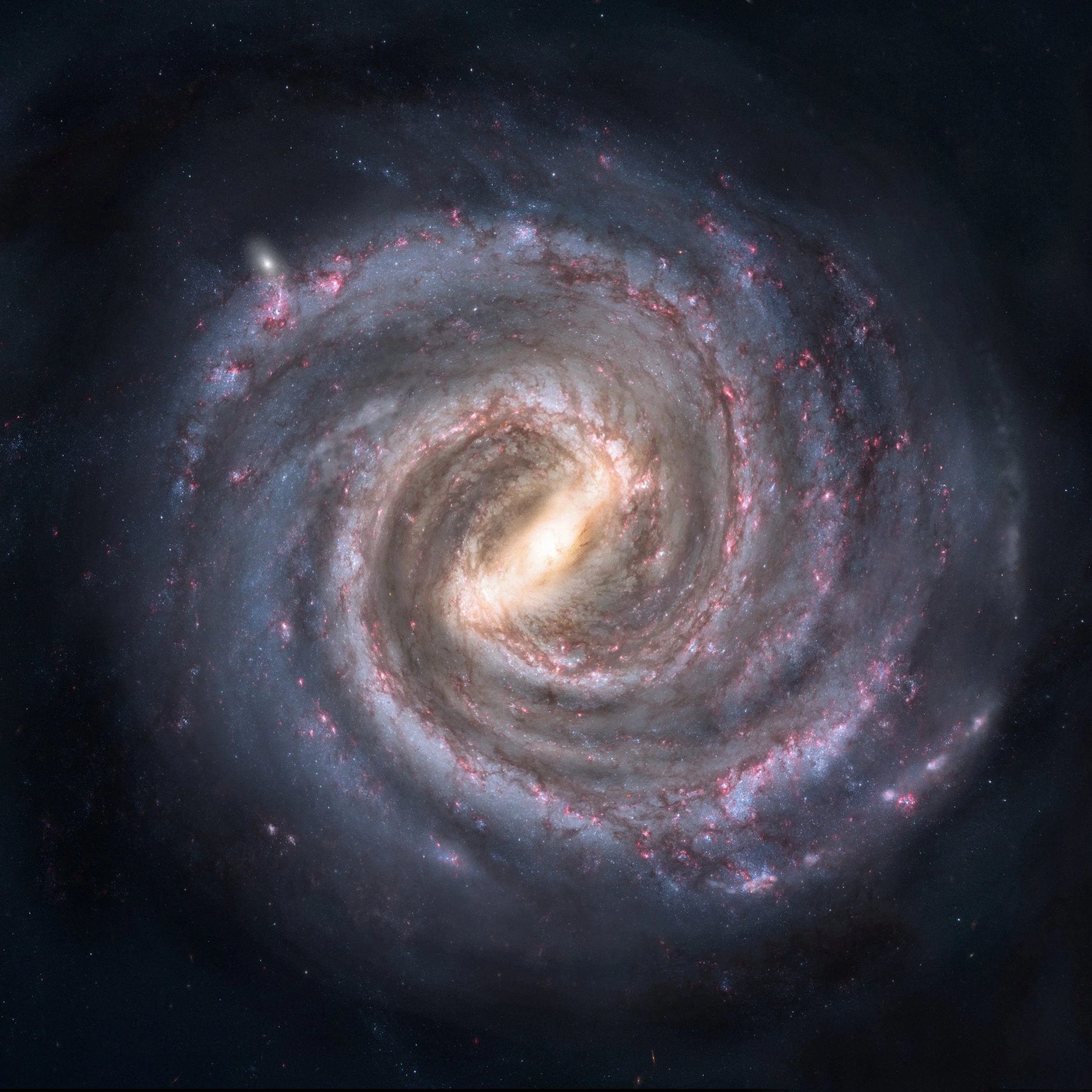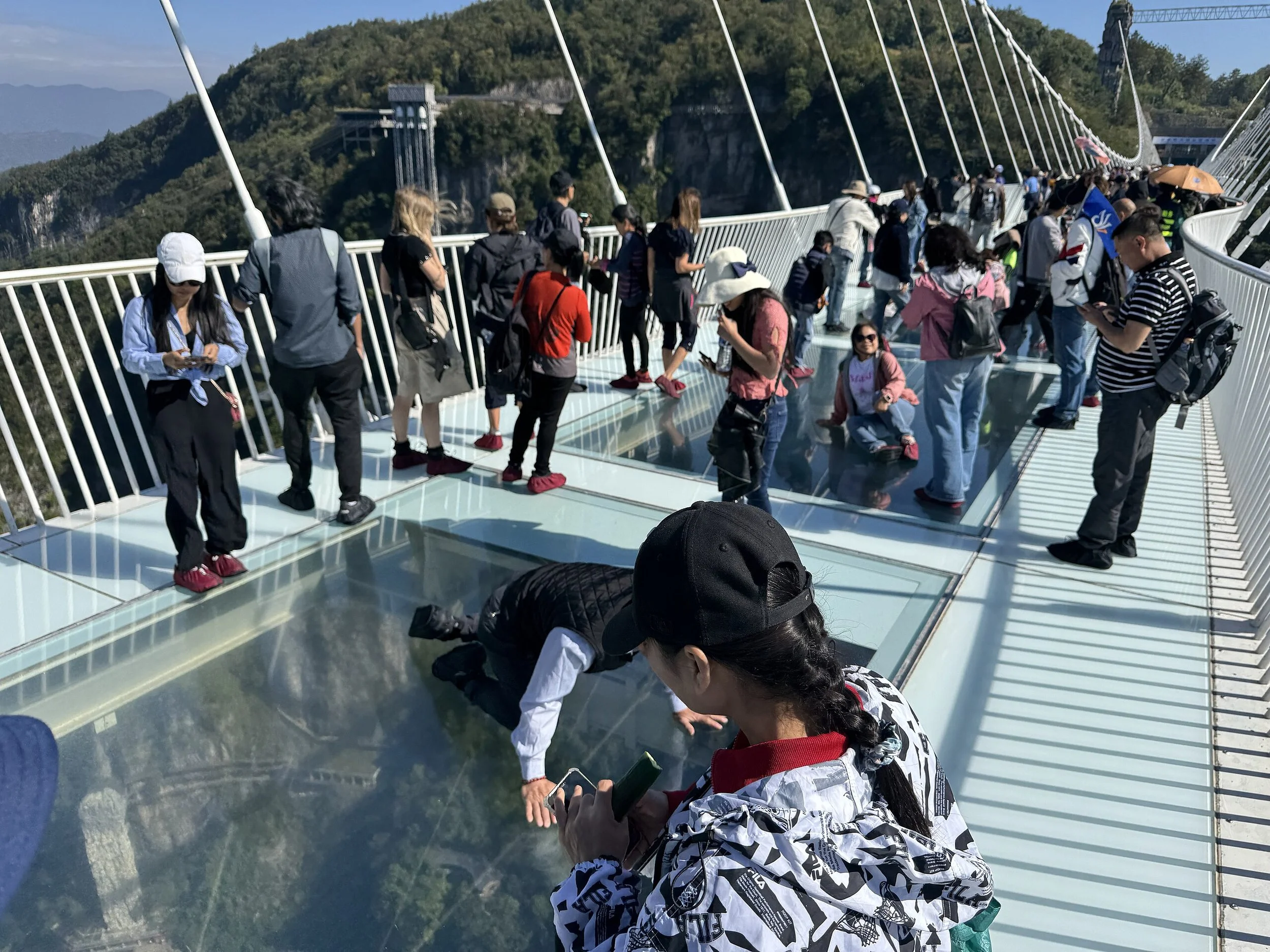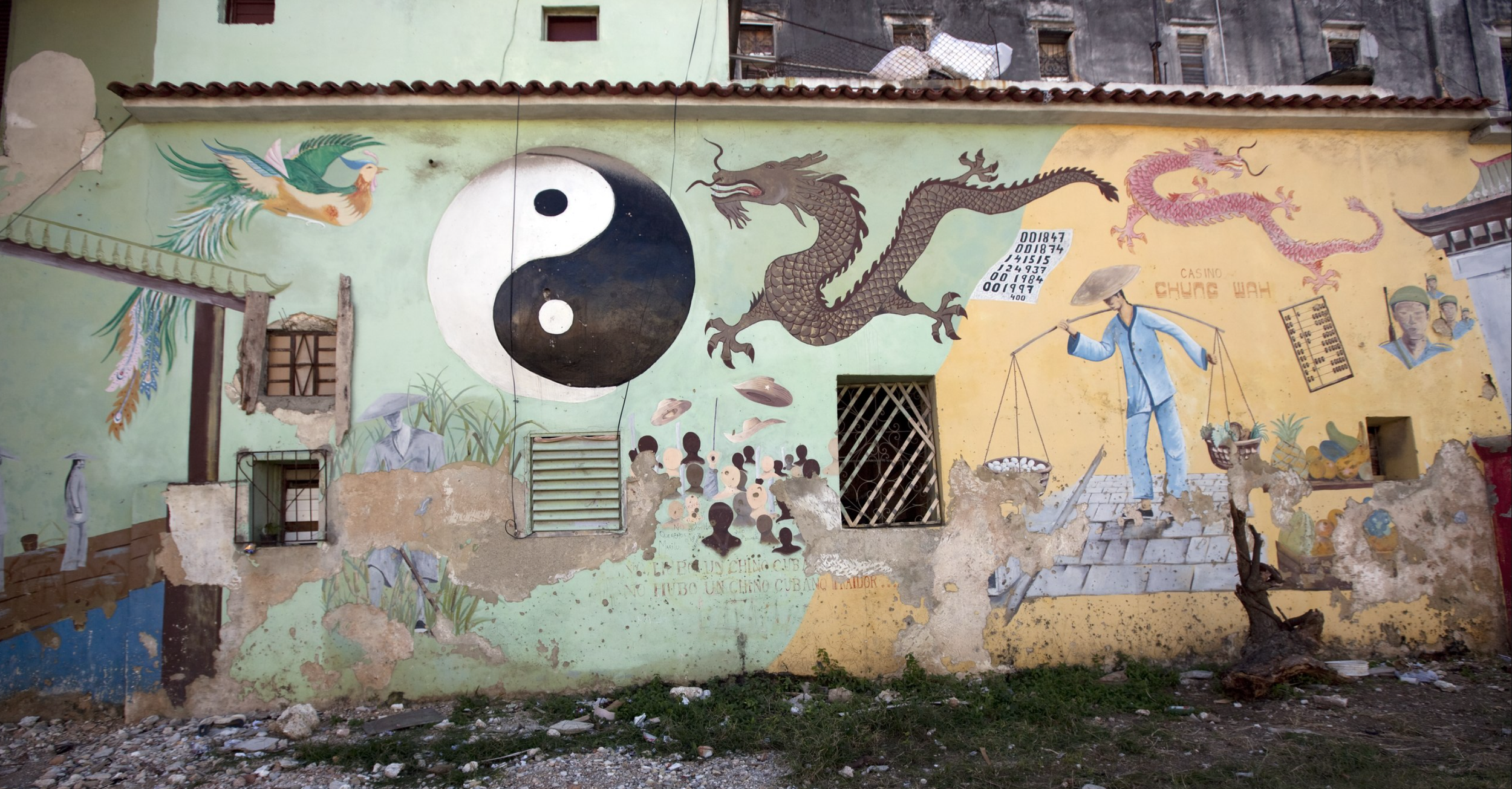The Battered Caravanserai
🍏
In The Double Refuge I explore the relationship between doubt and belief. I argue that each can help in understanding the other, and also that each can be a refuge for the other. As Omar Khayyam said 900 years ago, the world’s a rough and dizzying place, a “battered Caravanserai / Whose Doorways are alternate Night and Day.” To live in this world, it helps to be flexible, one moment measuring it like an astronomer, the next rotating with it, like a dervish among the spinning stars.
Khayyam was sometimes a mathematician and sometimes a poet. Likewise, we sometimes doubt and sometimes believe. Some people are convinced that we must remain skeptical about everything, and others are convinced that the spiritual world is the ultimate reality. But for many of us it’s not either one or the other. Or it’s a bit of both.
In Either / Or Søren Kierkegaard suggests that we can live either an aesthetic life or a moral life, and that we should make a leap of faith from materialism to spirituality. In The Double Refuge I argue that we can either doubt or believe — and we can do both. Either / and rather than either / or. We leap back and forth all the time, away from Kierkegaard’s dichotomous world to the unified realm that religion promises, and then back to the material world, where we see real sky, without the image of angels, image or imaginary.
We can even straddle the gap between, even fasten ropes from one side to the other. And we can lay down planks in the air, to make it easier to walk, given that few of us are tightrope walkers. Then, sooner or later, someone lines the walkway with windows, and we gaze dumbfounded at the yawning gulf below. We’re in China now, in Hunan Province, on the Zhangjiajie Glass Bridge. We’re looking down at the yawning gulf, the one that Pascal says is an infinity that only God can fill. We see the stone and trees, the jagged rocks leading up to the horizon, where the bright clouds magnify the blinding sun, which is now lost behind the blue sky, floating out there, somewhere beyond our perception in outer space.
🍏
Rather than fretting about the yawning gulf below, I suggest we look down into it, fretting our journey into the air above it with planks and widows. Dazed and confused, fretted as we are by the id, the nightmare dreams, the fiery pit, we can at any time look up to the world above, the majestical roof Hamlet refers to, which is also fretted with golden fire.
Rather than an eternal dichotomy and a desperate leap from doubt to faith, I suggest a balance (as inMontaigne), or a pivot (as in Zhuangzi), or a negative capability (as in Keats), or any other concept that allows us to pass freely to and from the realms of doubt and belief. I doubt that God is worried about the exact percentage on either side, or about the exact way we define one or the other. I suspect the only two things that He cares about are 1. love and 2. truth.
In The Double Refuge I argue that there's nothing wrong with doubt. Even in terms of religion I think doubt is both inevitable and beneficial. Why else would a popular Christian like Peter Enns write a book called The Sin of Certainty? While I go further into doubt than Enns does, we both assume that the only God worth worshipping is benevolent and reasonable. Such a God isn’t likely to punish us for exercising rationale thought, or for wanting things to be experienced before we believe them.
Nor would He want to strike from human record the lessons of astronomy, geology, archaeology, philology, comparative religion, and Assyriology. Assyriology is the study of the Mesopotamian civilizations of Sumer, Akkad, Babylon, and Assyria. These civilizations are largely condemned in the Bible, and yet they predate and influence the Bible, even though we may not be aware of it: the Akkadian language is the basis for Hebrew; the story of Noah and the Flood dates back to the Sumerians; the complex legal codes of Ur-Nammu’s Sumer and Hammurabi’s Babylon are approximately 4000 years old; letters and numbers themselves were developed over 4000 years ago in Sumer; etc. (I look at these influences, and at Enns’ view of Mesopotamian religion, in ♒️ The Currents of Sumer, starting with Introduction & Overview).
It seems to me that God would want us to understand as much of our religious tradition as possible, even if it challenges our cherished exclusivities. I imagine that God would want us to question all of the historical, cultural, and geographical definitions which limit Him / She / It, even if this questioning led to 1. radically altering our present views, or 2. syncretism.
Purists see a great danger in syncretism, that is, the fusion of different religious traditions. Yet do those who believe in God really believe that there is one universal omniscient God for one group of people in one place, and then also one universal omniscient God for a different group of people in another place? In the cloud-banks of Heaven, do the angels and saints refuse to stand next to the gods and bodhisattvas? Would Michael not still fight evil, side by side with Shiva and Rama? Would Christ not combine his love with that of Krishna and Guanyin? Is God too weak to hold together such an alliance?
Purists often condemn syncretism and doubt, yet I suspect that God would take an interest in seekers who look for a Universal Meaning yet can’t quite find It, yet are still willing to consider that God has hidden It well. Conversely, God is unlikely to punish believing people who question their faith, and who struggle with things like evolution or comparative religion (as my Parisian novice does in 🇫🇷 The Priest’s Dilemma, starting with Rivers of God).
This is where The Double Refuge comes in: it focuses on the close relationship between agnostics who are open to belief (often referred to as open agnostics) and theists who are open to doubt. One one might call such ‘theists’ critical-minded, liberal, non-denominational, ecumenical, or mystical, depending on the type of doubt they entertain. For instance, some mystics believe in God yet doubt all definitions and doctrines that try to define God.
Personally, I go back and forth between open agnosticism and mystical theism. I have a great respect for the traditions of free thinking and also for the religions of Christianity, Hinduism, Daoism, and Sufism (the latter might be seen as a symbolic, poetic, and, in some ways, a liberal form of mysticism that operates within Islam). In dealing with Christianity, my aim is to liberate it from the compulsion that has often dragged it down and made it into a doctrine of belief rather than an exploration of love and truth.
Jesus said (in Matthew 5:17) that he came to fulfill the old Jewish Law. Yet in ‘fulfilling’ it he changed it radically — from a focus on judgment and mercy to a focus on forgiveness and Grace. The message of Jesus might be complementary to the Law of Moses, but perhaps more so in the way that parole and rehabilitation is complimentary to verdicts and incarceration. They’re complementary, but so is yang to yin.
The God of Moses displayed mercy on occasion, but He also displayed a great deal of justice and punishment, much of which was based on an exclusive cultural and historical code of rules and customs, as well as an exclusive contract which favoured one particular people. Jesus steered this tradition from exclusion to inclusion, and suggested a liberation from compulsion and fear. While fire-and-brimstone preachers still tell the Old Testament stories about evil-doers and divine vengeance — as in the fate of Sodom and Gomorrah — I prefer a more forgiving and inclusive Christianity, a global faith that’s open to all religions and mysticisms.
This is the version of Christianity urged by Transcendentalists in the 19th century, most notably the essayist and poet Ralph Waldo Emerson and the poet Walt Whitman. (I compare Whitman’s inclusive religious vision to that of Zhangzi in 💫 Believing in the Mystery, starting with Introduction: Daoism & Whitman’s Transcendentalism). More recently, this type of open Christianity has been promoted by the likes of Thomas Merton, Raimundo Panikkar, and Richard Rohr. Rohr’s idea of the universal Christ is particularly interesting in the context of inclusive religion. Rohr argues for a cosmic Christ of love, forgiveness, and Grace, one that has existed since at least the Big Bang. This cosmic force of Love flowers in the historical Jesus yet also in any being who acts with charity, compassion, and love.
In 🌎 Many Tribes I explore the history of exclusive vs. inclusive Christianity, and in ⏯ Systems: Christianity 2.0 I argue for an inclusive Christianity, even for a “Jesus 2.0.” This Jesus isn’t burdened with being the only way to God, but is unfettered in the encouragement of love, inclusion, forgiveness, and sacrifice. This Jesus honours this religion or that religion, as long as it furthers inclusion, equality, respect, and love. Any religion of Either / And. One might even call this Jesus “a bodhisattva on the Jordan.”
This version of Jesus is crucial to The Double Refuge in that he has an open way of thinking and feeling. His basic mode of operating is very similar to that of the open agnostic. The more the agnostic and theist remain open, the more likely they are to understand each other, to get along, perhaps even to merge in the infinity that both see as the dominant feature of reality.
🍏
Next: 🍏 On Liberty





